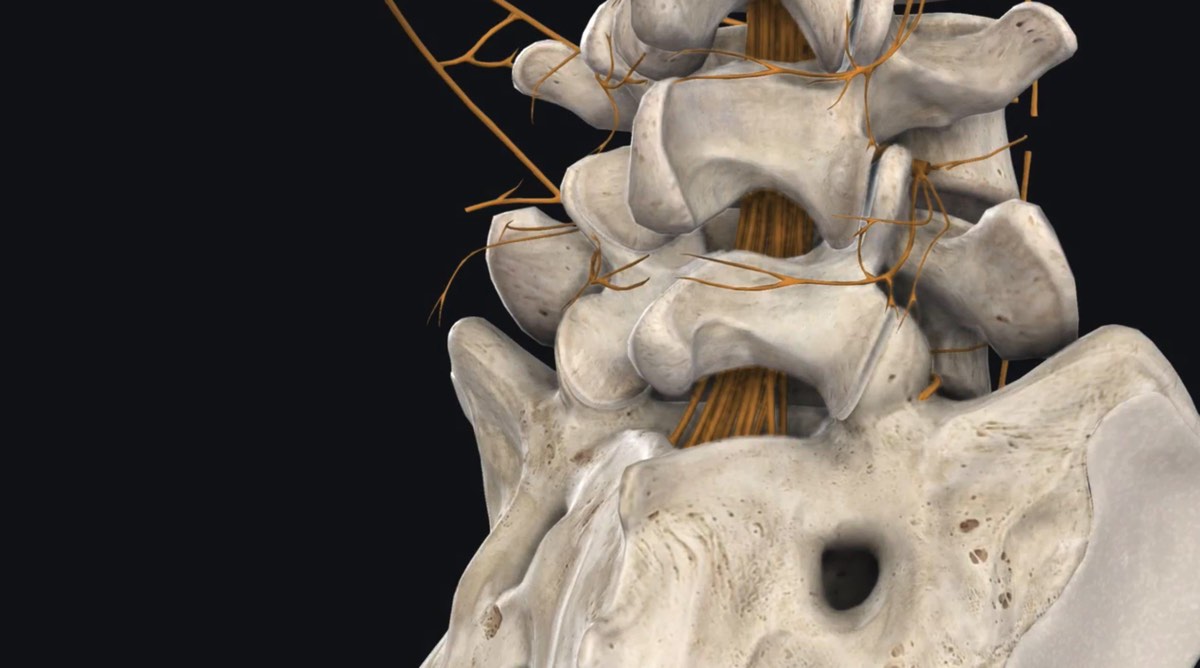Misoprostol added to oxytocin doesn’t decrease post-partum hemorrhage
Reuters Health • The Doctor's Channel Daily Newscast
Chills, high fever, and vomiting were all significantly more common with combination therapy, according to Dr. Mariana Widmer from the World Health Organization (WHO), Geneva, Switzerland and colleagues.
But these findings don’t diminish the potential value of misoprostol monotherapy when standard uterotonics are not available, the authors say.
And in an editorial, Dr. Malcolm Potts from the University of California, Berkeley, and colleagues decry a recent WHO statement withdrawing support for use of misoprostol in low-income countries. This change in policy could cause thousands of deaths, they say.
The trial by Dr. Widmer’s group included 1422 women who gave birth at hospitals in Argentina, Egypt, South Africa, Thailand, and Vietnam and had post-partum hemorrhage suspected to be due to uterine atony.
All subjects received standard uterotonics (oxytocin in 98% of cases; ergometrine in 7%; prostaglandins in 1%) during active management of third stage labor. In addition, the investigators randomly assigned 705 to receive sublingual misoprostol 600 mcg and 717 to receive placebo.
There was no difference between the groups in the proportion of women who lost at least 500 mL of blood within 60 minutes after randomization (14% in each group), nor was there any difference in blood loss at 90 minutes, rates of hemoglobin levels below 80 g/L within 24 hours, or need for blood transfusion before discharge. Also, the two groups had similar rates of severe maternal morbidity (i.e., hysterectomy or admission to an intensive care unit).
But within 90 minutes of administration, the misoprostol group had higher rates of shivering (73% vs 35%), fever of 104 F (40 C) or higher (7% vs < 1%), and vomiting (6% vs 3%). For these three side effects, respectively, the numbers needed to harm were 2.6, 15.6, and 34.4.
Misoprostol’s lack of efficacy fits with the finding that oxytocin is more effective for preventing post-partum hemorrhage, the authors say. They suggest that the other uterotonics “could have caused maximum stimulation of the myometrium such that no further uterotonic effect could be achieved” with misoprostol.
“Any further research on misoprostol should focus on the possible effectiveness of misoprostol in settings where standard uterotonics are not available,” Dr. Widmer and associates conclude.
In their editorial, Dr. Potts and colleagues note that in 2006, WHO recommended that specially trained midwives distribute misoprostol. That same year, the International Federation of Gynecology (FIGO) and Obstetrics and the International Confederation of Midwives agreed that misoprostol may be the only technology available for post-partum hemorrhage in home births without a skilled attendant.
Last year, however, “WHO’s Department of Making Pregnancy Safer issued a statement saying, ‘WHO does not recommend distribution of misoprostol to community level health workers or women and their families for routine or emergency use,’” according to the editorial.
“WHO’s policy reversal is causing confusion and the need for consensus is urgent,” the editorialists say, adding that without misoprostol, some sub-Saharan countries could have more maternal deaths in this decade than ever before.
The study was funded by the Bill and Melinda Gates Foundation, and by UNDP/UNFPA/WHO/World Bank Special Program of Research, Development and Research Training in Human Reproduction.
References:
Lancet 2010;375:1762-1763,1808-1813.









